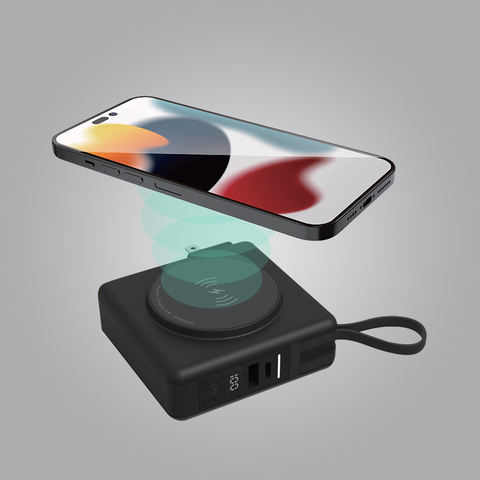
When selling or buying headphones, sound quality is one of the most important factors to consider. However, figuring out how to measure sound quality can be confusing. Without clear guidance, you might end up with headphones that don’t meet expectations. Luckily, there are simple ways to evaluate sound quality.
The easiest way to measure headphone sound quality is by checking key factors like frequency response, soundstage, and decibel levels. For example, frequency response shows how well the headphones play low, mid, and high sounds, helping you choose headphones with a balanced output.
Let’s explore these methods in detail so you can confidently pick great-sounding headphones.
How to Measure the Quality of Headphones?
Headphones can sound great if they deliver accurate and balanced sound across the frequency spectrum. Here’s what to look for:
Frequency Response
Frequency response measures how headphones reproduce low bass, midrange, and high-pitched treble sounds. It’s displayed as a range, like 20Hz to 20kHz, which matches the human hearing range.
- Tip: Look for a balanced frequency response where no part of the sound spectrum is too loud or too quiet. A flat response is often preferred by audio professionals.
Soundstage
Soundstage refers to how well headphones create a sense of space. Some headphones make you feel like you’re surrounded by sound waves, while others feel more closed in. Open-back headphones are known for their wide soundstage, making them great for listening to music over a long period.
Dynamic Range
This measures the difference between the quietest and loudest sounds the headphones can play without distortion. A wider dynamic range means better audio clarity, even with complex audio like orchestral music.
How to Check Headphone Audio Levels?
Listening at safe audio levels is important for both sound quality and ear health. Here’s how to test headphone audio levels:
Use a Decibel Meter
Place the decibel meter’s microphone near the ear headphones or inside the ear canal. Adjust the volume so the decibel levels stay below 85dB, which is safe for the human ear.
- Pro Tip: Keep the sound levels safe to avoid damage to your hearing aid over time.
Listen at Different Volumes
Play your favorite music and check the quality at low, medium, and high volumes. High-quality headphones should maintain clarity and detail without distortion, even at higher volumes.
What Determines Headphone Sound Quality?
Several factors affect how good headphones sound. Here are the most important ones:
Impedance
Impedance, measured in ohms, shows how much power the headphones need. Wired headphones with low impedance work well with smartphones, while high-impedance headphones are better for studio equipment.
Driver Size
The size and type of drivers in headphones impact the bass and overall sound clarity. Larger drivers often produce deeper bass, making them ideal for bass-heavy audio products.
Total Harmonic Distortion (THD)
Low THD means less distortion, so your music sounds cleaner and more natural.
How Many KHz is Good for Headphones?
Most headphones cover the standard frequency spectrum of 20Hz to 20kHz, matching what the human ear can hear. Some premium headphones offer extended ranges, like 5Hz to 40kHz, providing richer details and enhancing the listening experience.
How to Test Headphones Before Bulk Order?
Use Online Tools
Websites like Audiocheck.net provide sound wave tests for bass, treble, and stereo imaging. These tools are free and easy to use.
Play High-Quality Music
Test with high-quality tracks that you know well. This helps you identify whether the headphones can handle the details of your favorite songs.
Check Comfort and Fit
Wear the headphones for a long period to see if they are comfortable, especially for wired headphones. Proper fit in the ear canal is also important for sound isolation and clarity.
Conclusion
Measuring headphone sound quality doesn’t have to be complicated. By focusing on key factors like frequency response, soundstage, and decibel levels, you can confidently choose headphones that sound great and suit your needs. Whether you’re selecting audio products for personal use or resale, these methods will help you make the right choice.
What do you look for in high-quality headphones? Let us know in the comments below!







